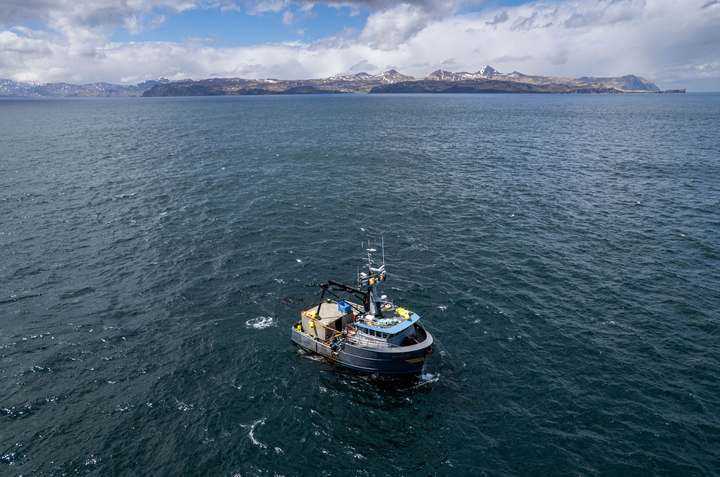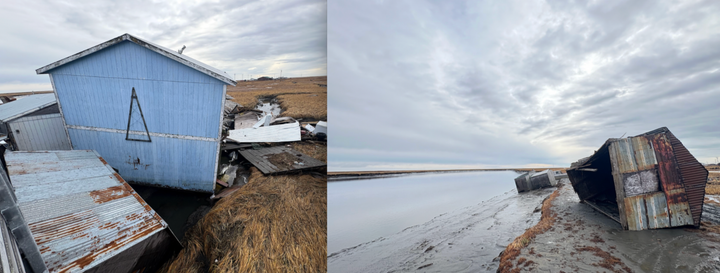With twin threats from Russia and China, U.S. military puts new focus on Alaska
In the past, large-scale exercises “occurred in Alaska,” one general says. “Now, this is high-end training that is occurring — that is about Alaska, from Alaska.”
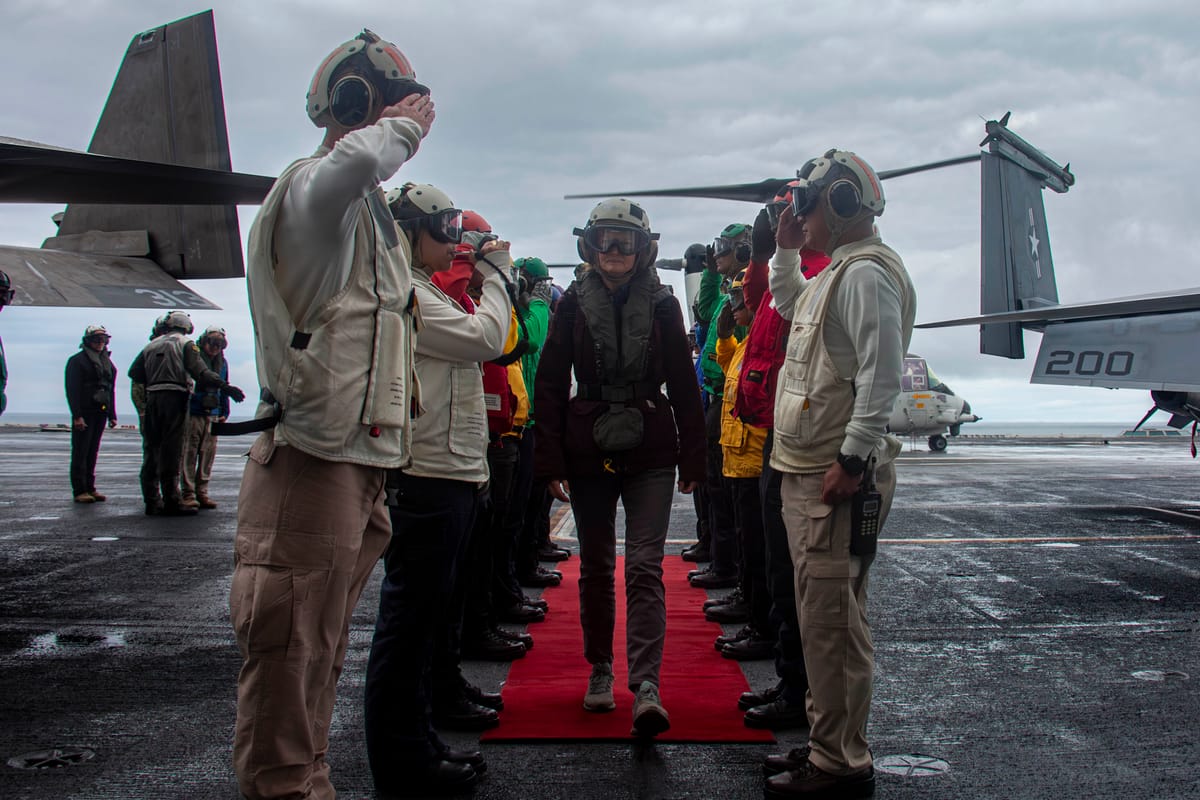
Anchorage Mayor Suzanne LaFrance grew up outside the city during the Cold War. And the specter of nuclear conflict and an attack on the area’s military infrastructure loomed over her childhood.
“The Soviet Union felt pretty close,” she said. “I remember feeling a sense of fear, like: ‘We’re going to be the first ones in the line of fire. We’re this target.’”
The Cold War ended and the Soviet Union collapsed without an attack on Alaska. And for the next three decades, the state’s elected leaders grasped for arguments to justify continued federal investment in the major military installations in Anchorage and the Fairbanks area.
But now, amid twin, allied threats from Russia and an ascendant China, Alaska is again becoming a priority for U.S. military leadership. They see the state not just as a base from which to send out American forces to overseas conflicts, but also a place that could be the site of actual warfare.
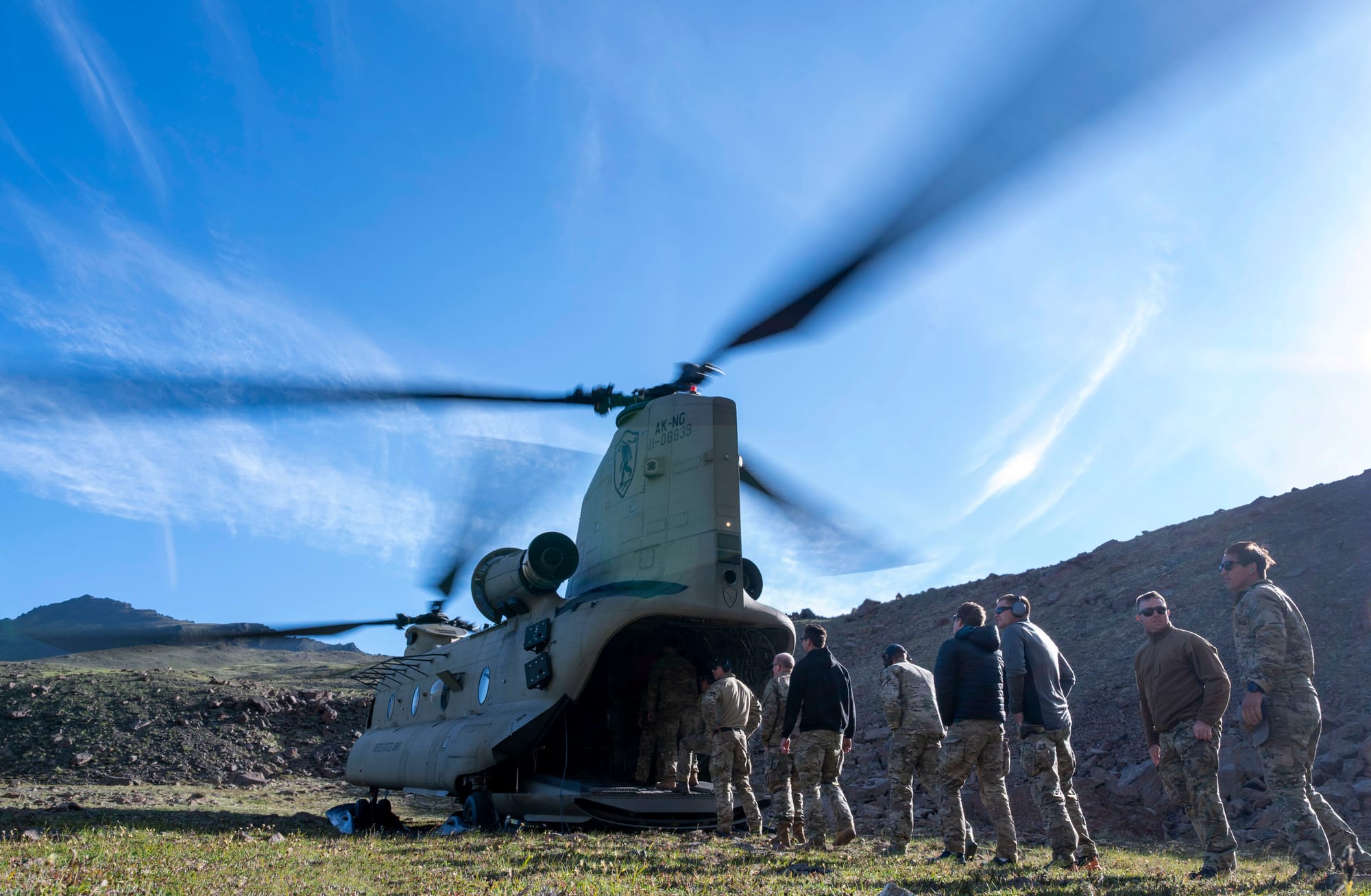
The new focus on Alaska was underscored by the August summit between President Donald Trump and Russian President Vladimir Putin — as well as by visits to the state the same month by top military officials who came to observe large-scale drills, including one called Northern Edge.
The Northern Edge exercises take place every two years. But this year’s version was reimagined to simulate a conflict taking place specifically in Alaska — a change from prior iterations that had not contained as much of a geographic focus, officials said.
In the past, the exercises were “high-end training that occurred in Alaska,” said Rick Goodman, the U.S. Air Force brigadier general who directed this year's edition of Northern Edge. “Now, this is high-end training that is occurring that is about Alaska, from Alaska.”

Goodmaan added: “The threats are growing.”
“Two critical regions”
The Northern Edge exercises have been taking place for decades. But this year, the military aligned with a second set of drills called Arctic Edge.
The two exercises brought together more than 5,000 troops to train not just in Anchorage but in rugged and remote sites across the state — from the Aleutian Island port of Dutch Harbor to the Bering Strait hub town of Nome to a high-altitude lake, where a naval unit practiced “diving scenarios.”
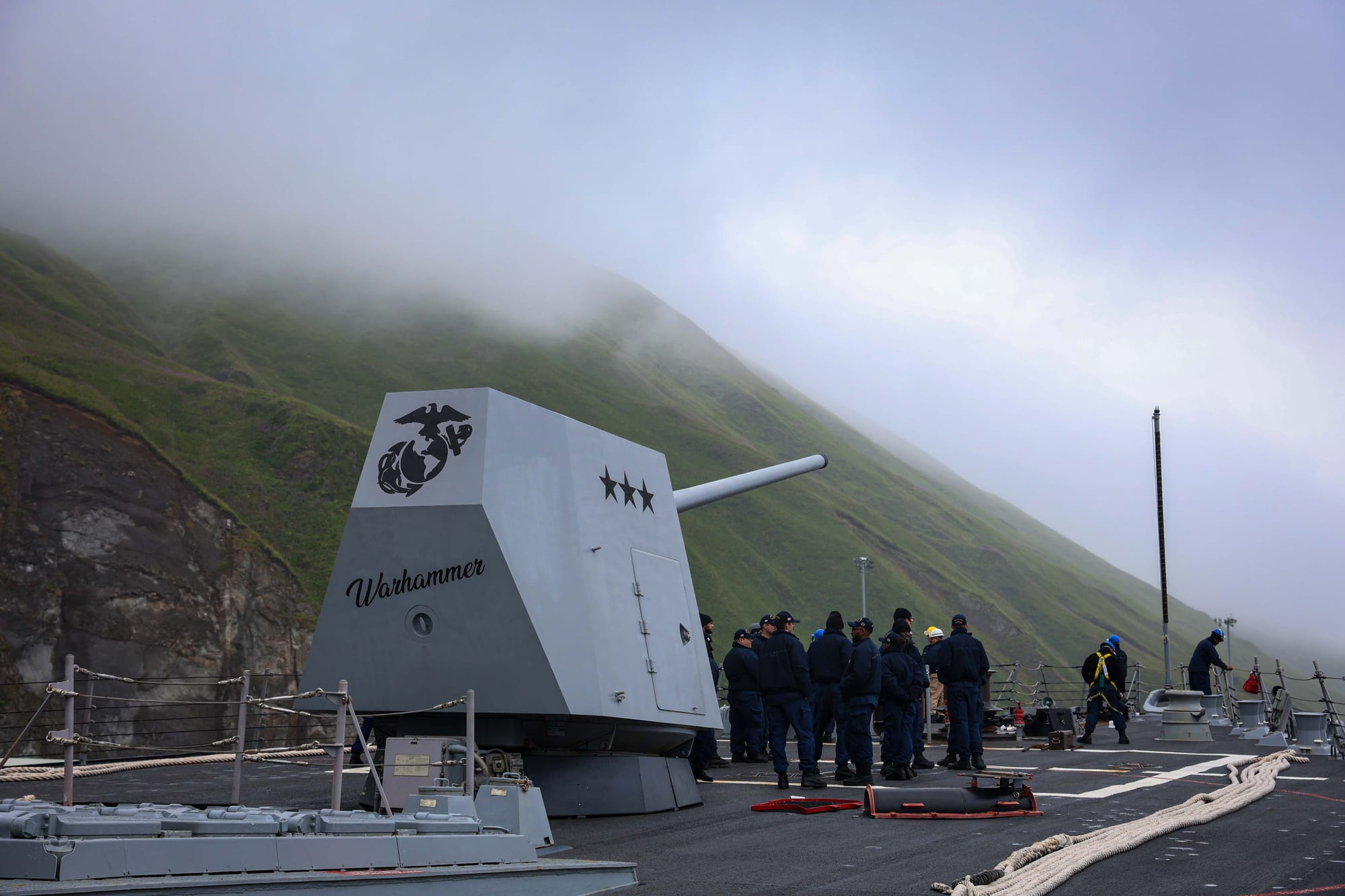
Among the top brass in Alaska to observe were Adm. Christopher Grady, who was then vice chairman of the Joint Chiefs of Staff; Adm. Samuel Paparo, the Navy’s top Indo-Pacific leader; and Adm. Kevin Lunday, who leads the U.S. Coast Guard.
What policymakers and experts describe as the military’s renewed focus on Alaska marks a sharp change from the immediate post-Cold War era.
In an interview, U.S. Sen. Lisa Murkowski noted that two decades ago, the U.S. Department of Defense was threatening to close the major, Fairbanks-area Eielson Air Force Base — sending its 2,800 troops to Nevada, Louisiana and Georgia and placing the installation in “warm” storage.
Today, Eielson hosts two squadrons of cutting-edge F-35 fighter jets, with a recent federal investment of some $600 million in infrastructure supporting the planes. The military is also now exploring whether it could reopen a naval base on the remote Aleutian island of Adak, which was closed in 1997.
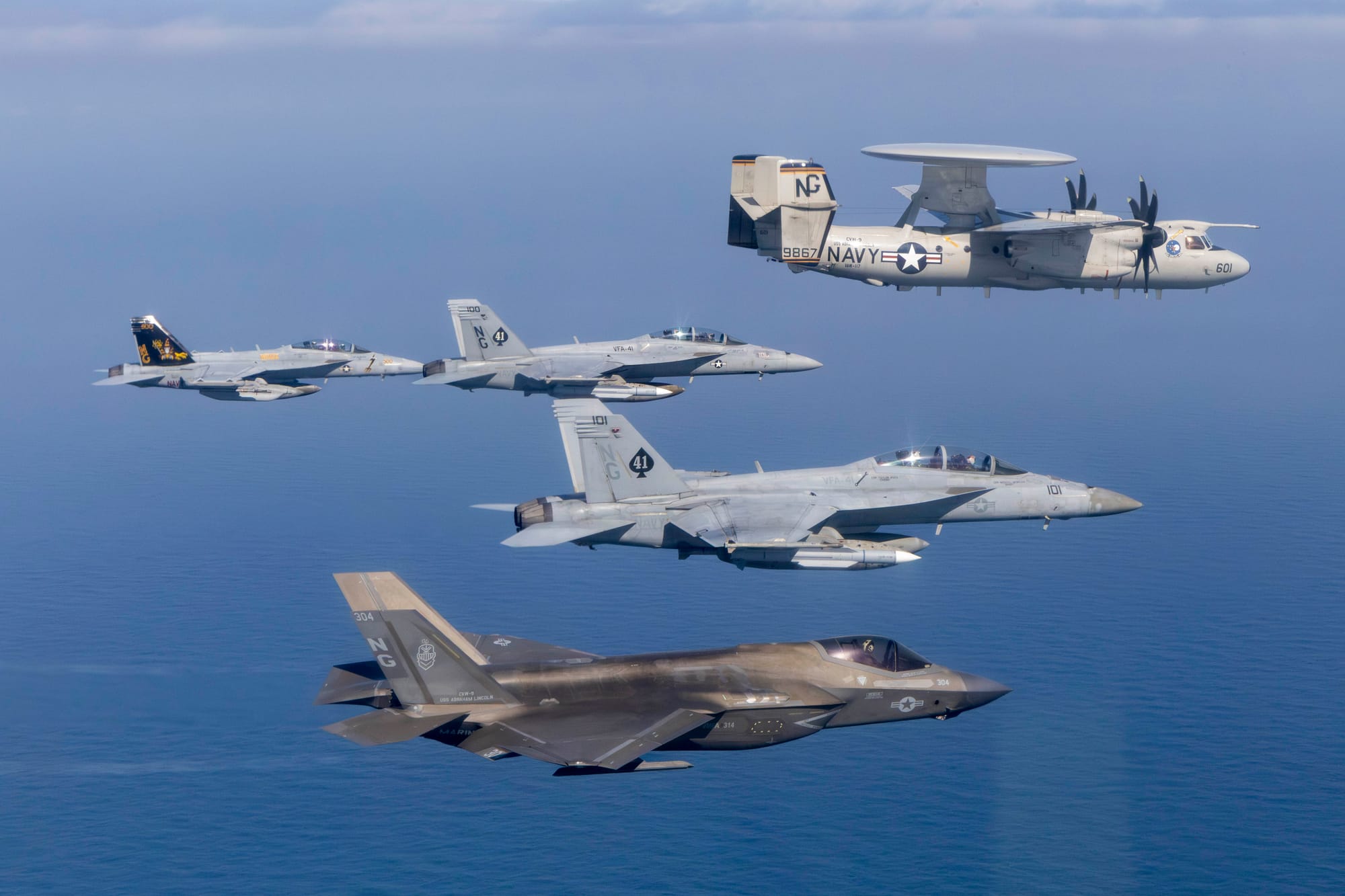
“We just kind of melted into the landscape, and everybody thinks about Alaska as remote and far away,” Murkowski said. “Now, things like the Chinese spy balloon a couple of years ago, things like the Trump-Putin visit — people were like, ‘Wow, I had no idea Alaska and Russia were so close. I had no idea of the geostrategic significance.’”
She added: “They don’t think about the fact that we bridge two pretty critical regions.”
The designs of the recent exercises show how the military is thinking about Alaska amid America’s growing tensions with China and Russia. And that thinking also ties into the state’s unique and tricky position in the military’s command structure.
Geographically, the protection of Alaska falls under the responsibility of U.S. Northern Command, or Northcom, a military unit headquartered in Colorado that’s charged with homeland defense.
But most of the specific forces stationed at Alaska bases — the fighter jets, the cargo planes and the thousands of soldiers — technically report to U.S. Indo-Pacific Command, or Indopacom, a Hawaii-based unit expected to play a key role in any conflict with China.
The overlapping commands have long fueled concern among defense experts about competing priorities: How will the military manage to maintain and defend Alaska’s essential infrastructure if, for example, many of the jets and other assets based in the state are ordered to report to a Pacific conflict by Hawaii-based leaders?
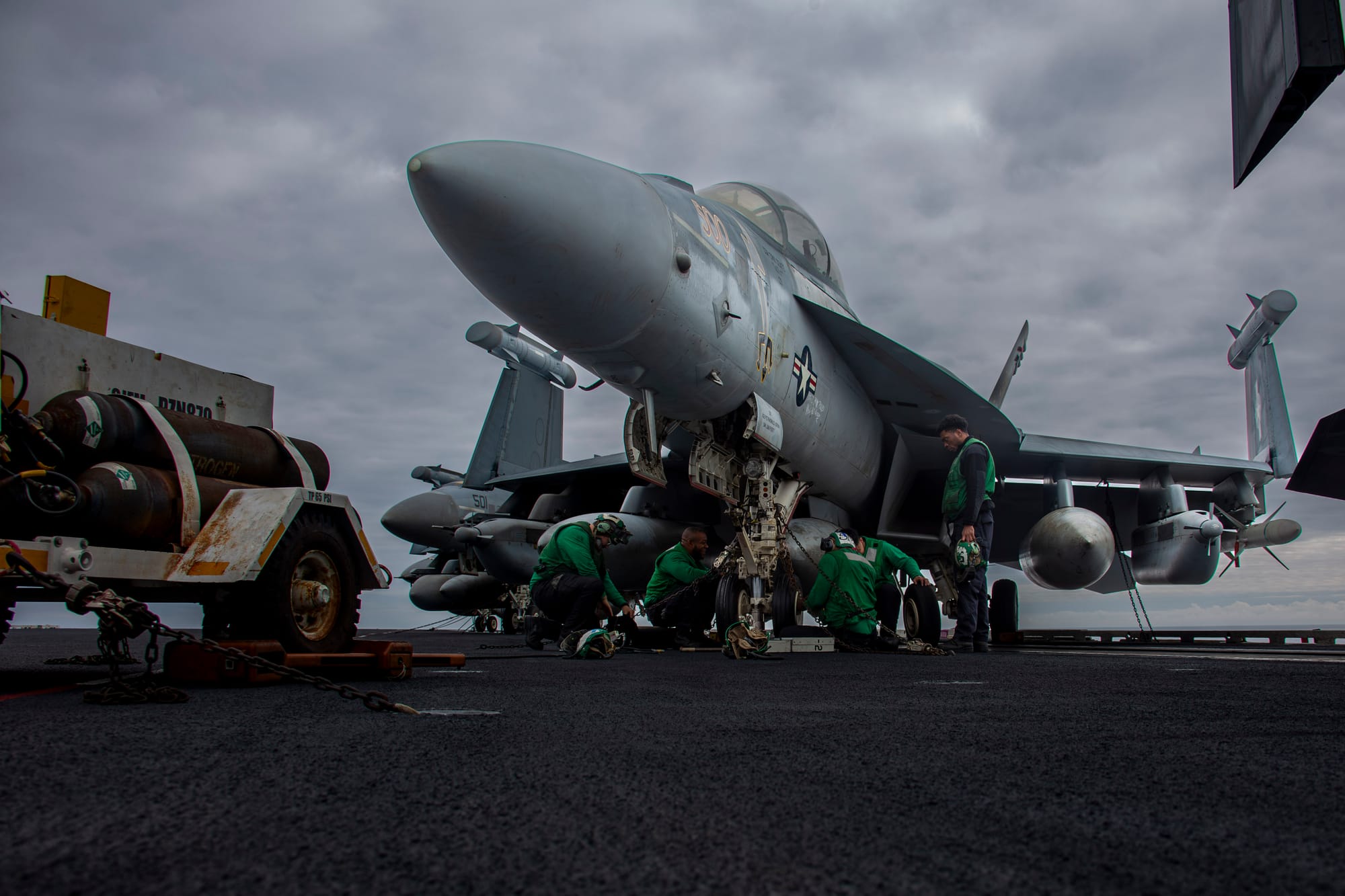
This year's drills were geared toward that exact type of scenario, as they brought together forces under both the Indopacom and Northcom umbrellas, according to Goodman, the general running Northern Edge.
The military, he said, needs to make sure “there is no such thing as a seam between Northcom and Indopacom — in a realistic scenario, that we’re able to both defend the homeland in this key geographic location in Alaska, in the Arctic, as well as project power.”
Alaska as “next-best alternative”
One element of the Arctic Edge drills hinted at the potential for a conflict in the Pacific to involve not just Anchorage- or Fairbanks-based resources dispatched to a far-off location, but for fighting to actually transpire within the state’s borders.
As part of the exercise, members of multiple military branches simulated the quick construction of a backup port near Anchorage — working from the assumption that Anchorage’s main port, which handles both military and civilian cargo, was unavailable.
The scenario didn’t specifically envision why the port was unusable, officials said.
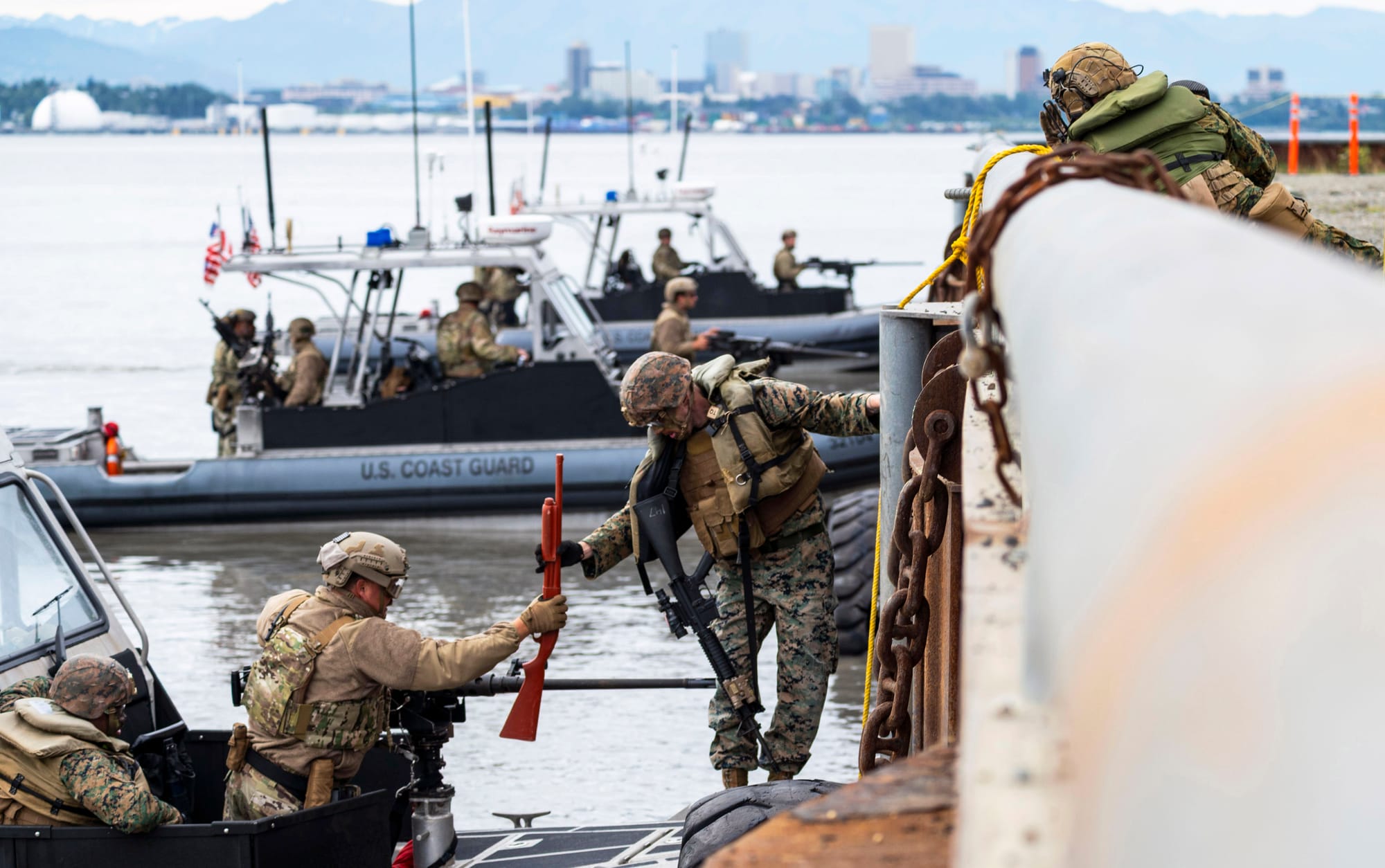
But it’s clear that Alaska’s military infrastructure would hold strategic significance in a Pacific conflict in a way that would likely make it a target for China, according to David Ochmanek, a former deputy assistant secretary of defense who’s now a senior researcher at the RAND think tank.
In the event of a conflict over the contested island of Taiwan or elsewhere in the Pacific, the state’s bases are effectively part of America’s second line of attack against China, Ochmanek said. That's because closer U.S. bases in Japan and Guam would likely be overwhelmed by China's initial attacks — leaving the Alaska bases, and installations in Hawaii, as the likely origin of surviving bombers and jets that could hit Chinese assets.
While China's current capacity to reach Alaska with missiles is not well understood, it's fairly clear that China’s military is increasingly interested in finding ways to put Alaska’s bases at risk — and that they're capable of achieving that over time, Ochmanek added.
“It would be a mistake to assume that those bases will be in sanctuary for the indefinite future,” Ochmanek said. “The Chinese are going to make darn sure that we can't make effective use of those closer-in bases. But they understand that we're posturing Alaska and Hawaii as the next-best alternative to generate bomber missions. And they're increasingly interested in finding ways to suppress that."
Murkowski, the U.S. senator, said she prefers to see her home state not as a potential target but as a region that’s well-defended, thanks to the presence of so many fighter jets and troops.
Alaskans can regularly witness those jets conducting practice maneuvers above Anchorage and Fairbanks. But Murkowski said that Alaskans who live and work outside the state’s military bases can miss the huge numbers of people and complex choreography that goes into large-scale troop and aircraft movements and exercises.
“Most people have no idea that it’s happening,” she said.
Murkowski got a close look at that capacity when she flew out from Anchorage’s Joint Base Elmendorf-Richardson to the U.S.S. Abraham Lincoln aircraft carrier during the Northern Edge drills.
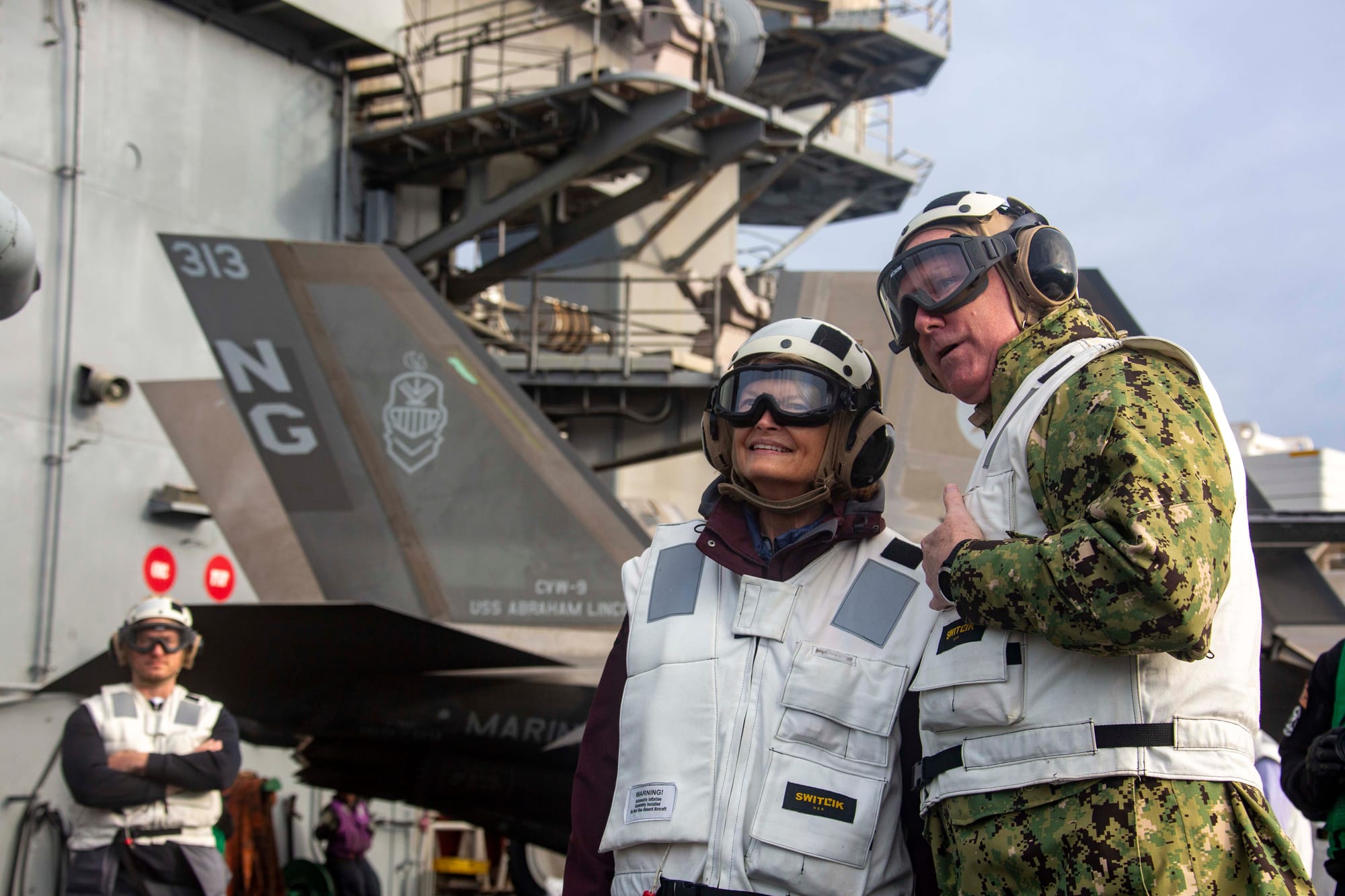
Murkowski donned a helmet, life preserver and goggles to fly, she said, 200 miles across the Gulf of Alaska in a twin-rotored Osprey aircraft — peering out over an open ramp that looked onto the “wide ocean.” She was greeted on deck by an honor guard, then watched as Navy personnel coordinated the takeoff of a dozen fighter jets, communicating solely through hand signals because of the roar of the engines.
“In Anchorage and around Fairbanks, we get used to seeing the jets when there’s exercises. You hear them overhead. But you have no appreciation of what you’re seeing,” she said. “The heat and the fire and the noise and just everything that resonates from the power of those jets taking off is nothing short of incredible.”
In-depth journalism takes time and money. Northern Journal runs primarily on voluntary memberships from readers. If you want to see more stories like this one, please consider subscribing. If you're already a subscriber, thank you.


